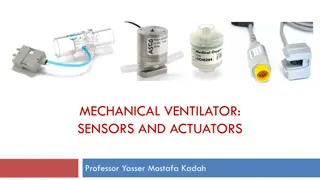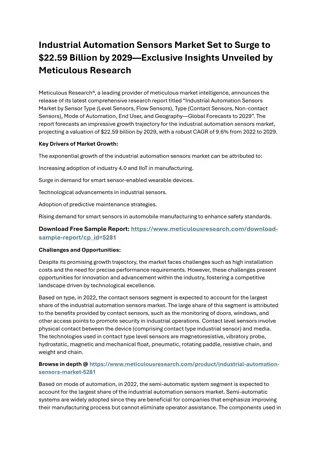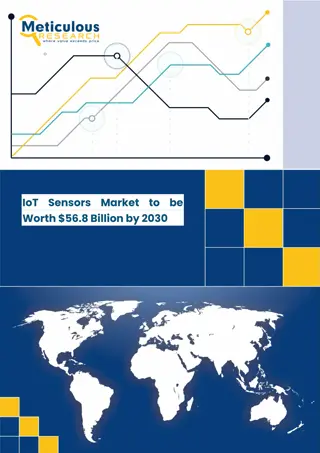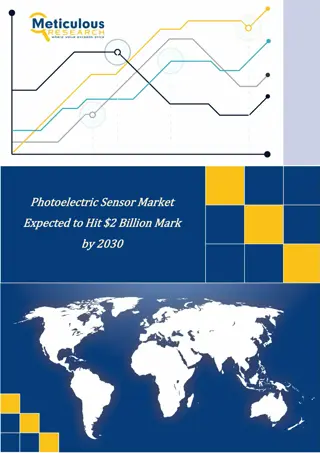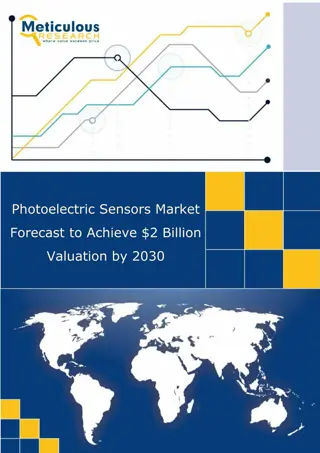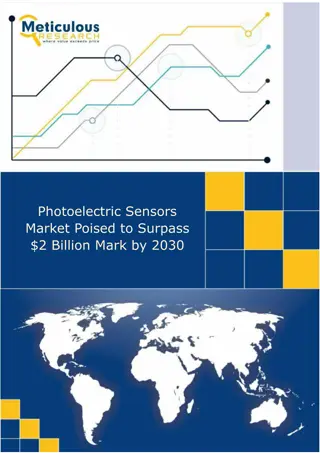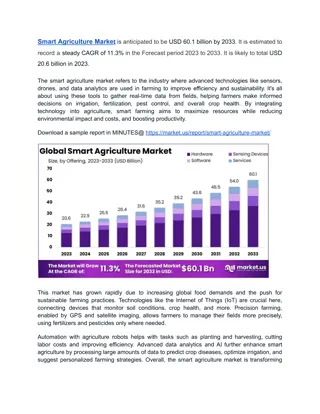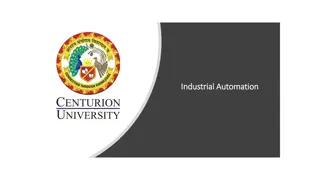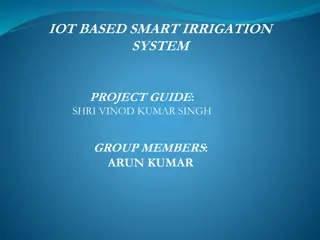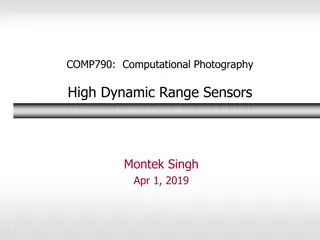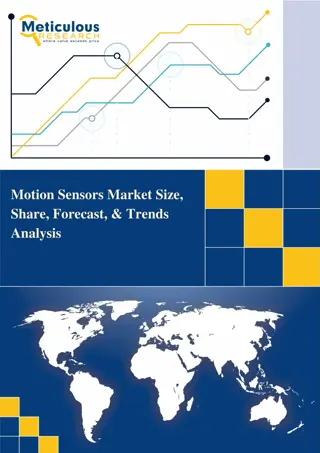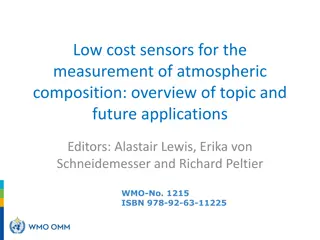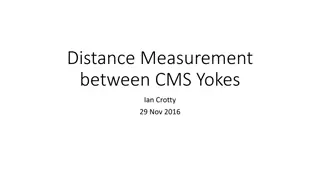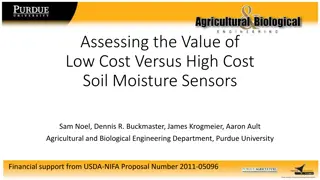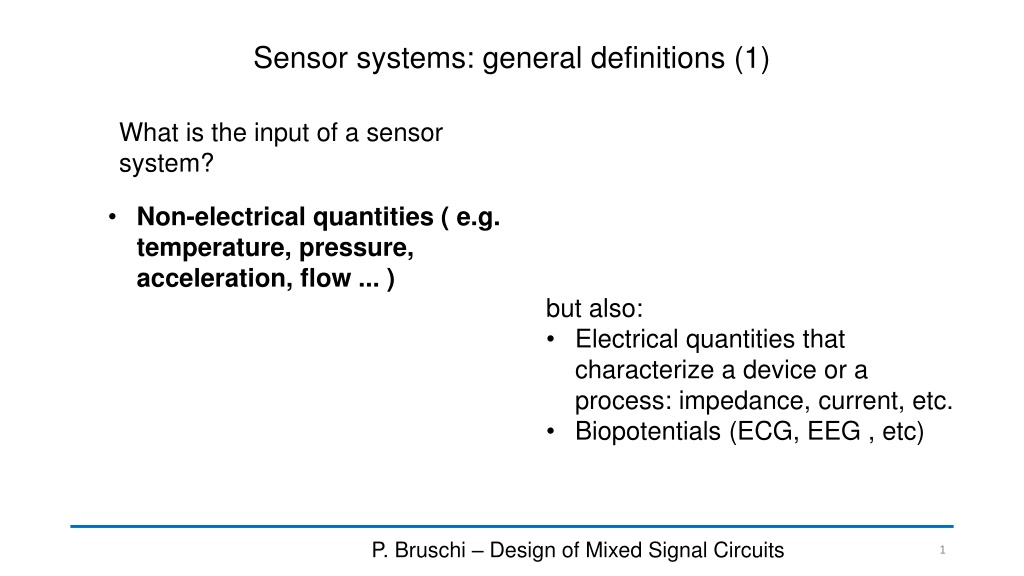
Understanding Sensor Systems and Hierarchical Design
Explore the input and information flow in sensor systems, system partitioning, and a possible hierarchy in sensor nodes, modules, and interfaces for efficient design and functionality.
Download Presentation

Please find below an Image/Link to download the presentation.
The content on the website is provided AS IS for your information and personal use only. It may not be sold, licensed, or shared on other websites without obtaining consent from the author. Download presentation by click this link. If you encounter any issues during the download, it is possible that the publisher has removed the file from their server.
E N D
Presentation Transcript
Sensor systems: general definitions (1) What is the input of a sensor system? Non-electrical quantities ( e.g. temperature, pressure, acceleration, flow ... ) but also: Electrical quantities that characterize a device or a process: impedance, current, etc. Biopotentials (ECG, EEG , etc) P. Bruschi Design of Mixed Signal Circuits 1
Sensor systems: general definitions (2) Information flow in a sensor system Digital Domain Analog domain Digital Processing Linear Filtering Data Interpretation Data compression Non-electrical sensor(s) AFE Analog Front-End ADCs Electrical probe(s) Display Communication Environment Storage P. Bruschi Sensor Systems 2
System partitioning A complex sensor system can be formed by a large number of different partially independent components. In some cases the sensor system can be distrubuted in a large volume and include tens or hundreds of sensors. In other cases the system can be relatively simple and small in size. For this reason, in the system level design phase, it is important to organize the sensor system in a hyerarchical way, deciding at which level the above depicted operations must be performed P. Bruschi Sensor Systems 3
Sensor systems: a possible hierarchy Sensor nodes Sensor modules High performance digital processing unit Sensors / Probes Embedded System (e.g. MCU) AFE + ADC Complex Human - Machine Interface Communication (wired or wireless) Digital preprocessing High-capacity data storage Simplified Human- Machine Interface Communication (wired) Sensor module Data logging World-scale communication MCU-based Sensor nodes High level computing machine 4 P. Bruschi Sensor Systems
Example 1: Pulse oximeter A simple, complete sensor system Sensor probe, AFE, ADC = Sensor module Digital Processing Human Interface (simplified) Communication Performs the functions of sensor node P. Bruschi Sensor Systems 5
Example 2: Integrated 9 axis inertial sensor (sensor module or smart sensor) 3-axis accelerometer 3-axis gyroscope 3-axis magnetometer SPI -I2C communication lines P. Bruschi Sensor Systems 6
Example 3, a complex case: sensor system in an airplane Includes different sensor modules (air speed, air temperature, angle of attack) and implements complex communication protocols. To reduce wiring, there is a tendency towards wireless comunication between sensor nodes (WSN= wireless sensor network) Sensor node High level computing machine P. Bruschi Sensor Systems 7
Example 4: Wireless Sensor Network High level computing machine: PC, smartphone, emebedded computer Sensor Nodes Can be equipped with different sensor types or simply replicate the same sensor set in different locations (distributed sensing) Sink Network: Multi-hop communication protocol P. Bruschi Sensor Systems 8
Sensor / object interaction The physical object is a solid, liquid or gaseous to which the quantity to be measured belongs It can be a very simple object (e.g. a single-piece mechanical part) or a complex object, like the human body or a chemical reactor The sensing operation requires the sensor / probe to interact with the physical object. The sensor package (housing) must be designed to enable the required interaction and, at the same time, protect the sensors P. Bruschi Sensor Systems 9
Sensor - object interaction The interaction can be contactless (e.g. IR thermometer) or with contact (e.g. a thermocouple temperature probe). Protection of the sensing elements is particularly important, for example, when the physical object is in liquid phase (liquid flow sensors, ion concentration sensors) or it is a corrosive gas. Example: a liquid pressure sensor (10-bar resistant, usable for depth meters) Insulating gel: 1) Avoid direct contact w qu u . LPS33HW 2) Transmit pressure from the liquid to the MEMS chip P. Bruschi Sensor Systems 10
Electrical connection and continuity A particular aspect that have to be assessed is the degree of electrical contact between the sensor terminals and the physical object Only capacitive coupling (AC coupling) Only resistive coupling The presence of a dc path can be unwanted (defective insulation) or necessary C: order of pF VISO (maximum that the barrier can withstand) P. Bruschi Sensor Systems 11
Examples thermocouple (or thermistor) terminals ceramic or plastic insulator conductivity probe metal case H2O Probe for the measurement of the water conductivity (used to monitor the quality of water supplies) liquid Temperature probe Electrical continuity is not necessary, but a leakage conductance between the sensor terminal and the liquid can develop when the insultaor properties degrade with time In this case, electrical continuity is necessary to perform the measurement P. Bruschi Sensor Systems 12


